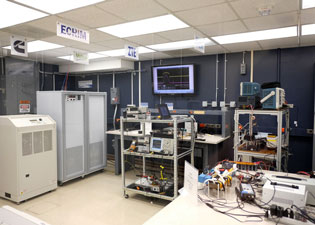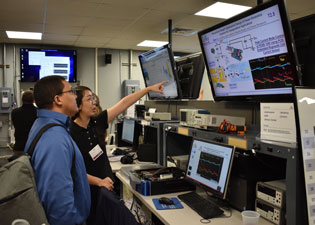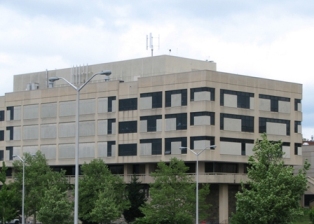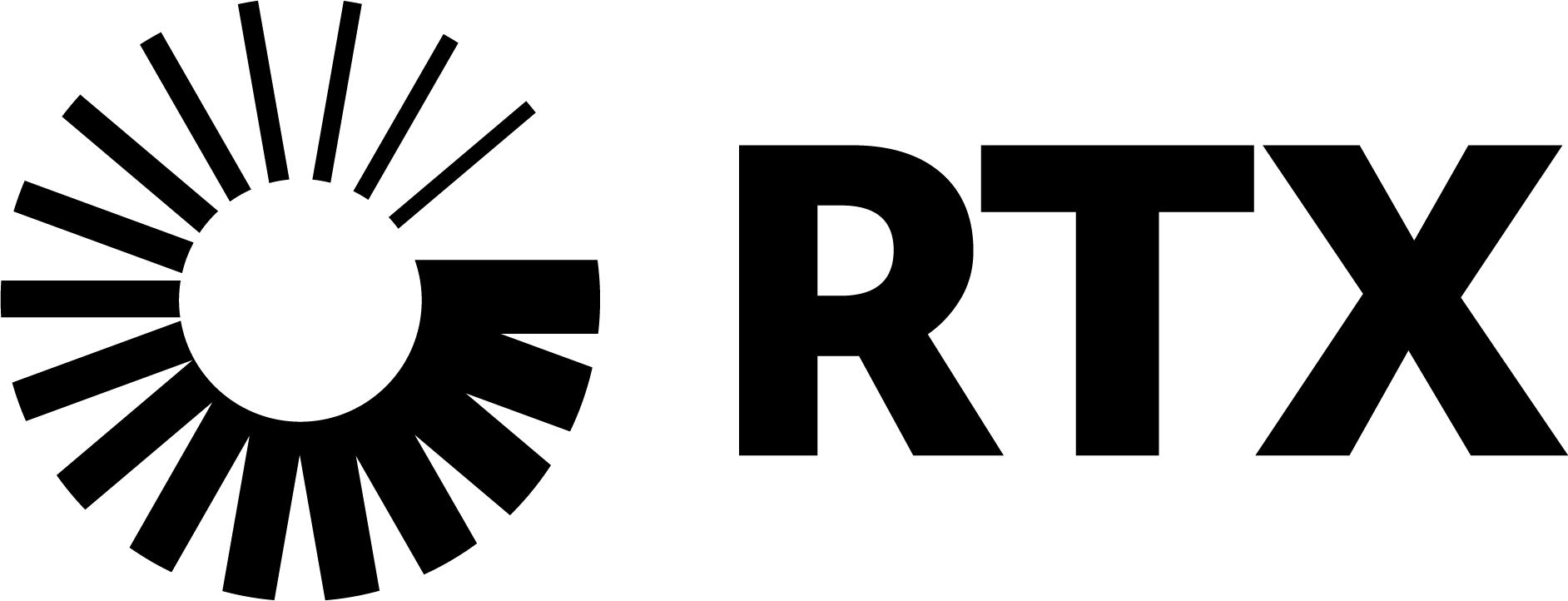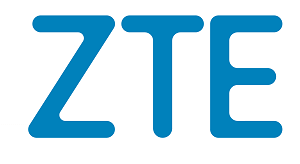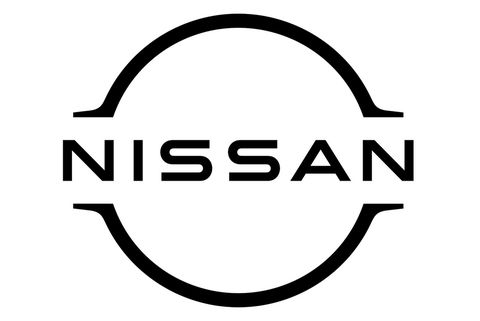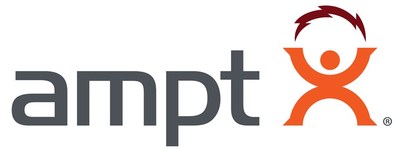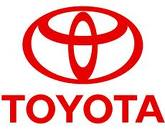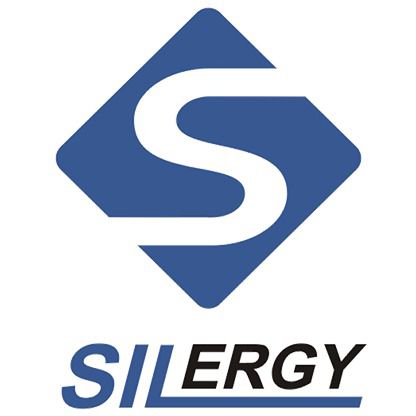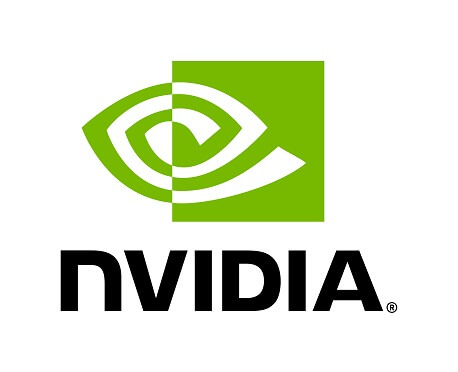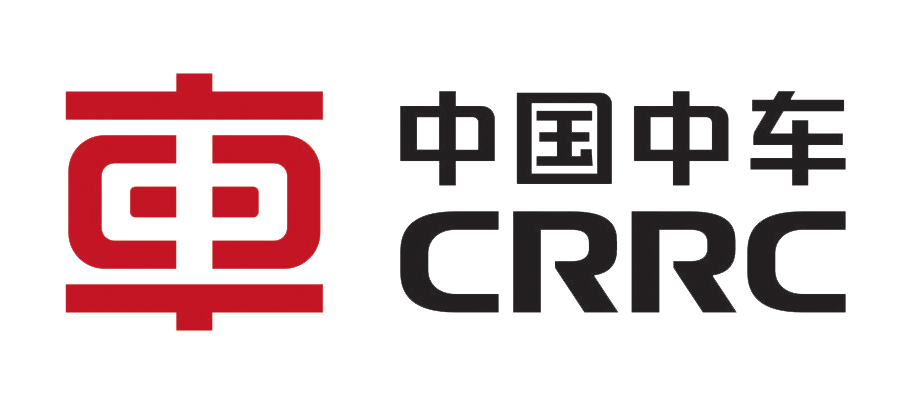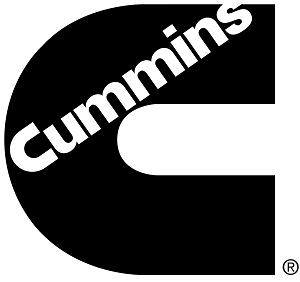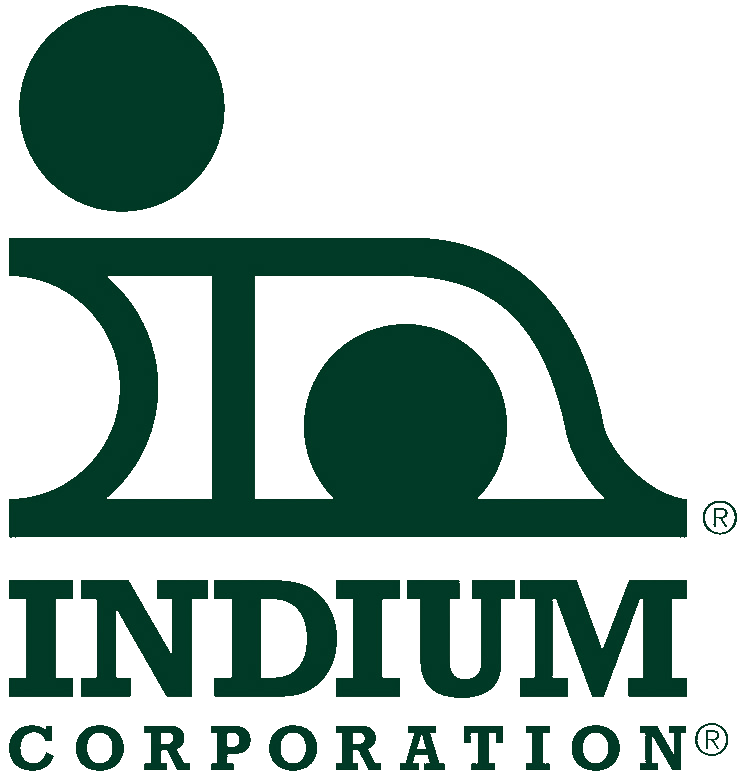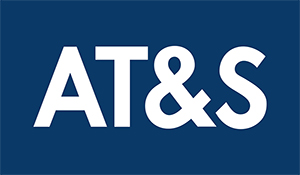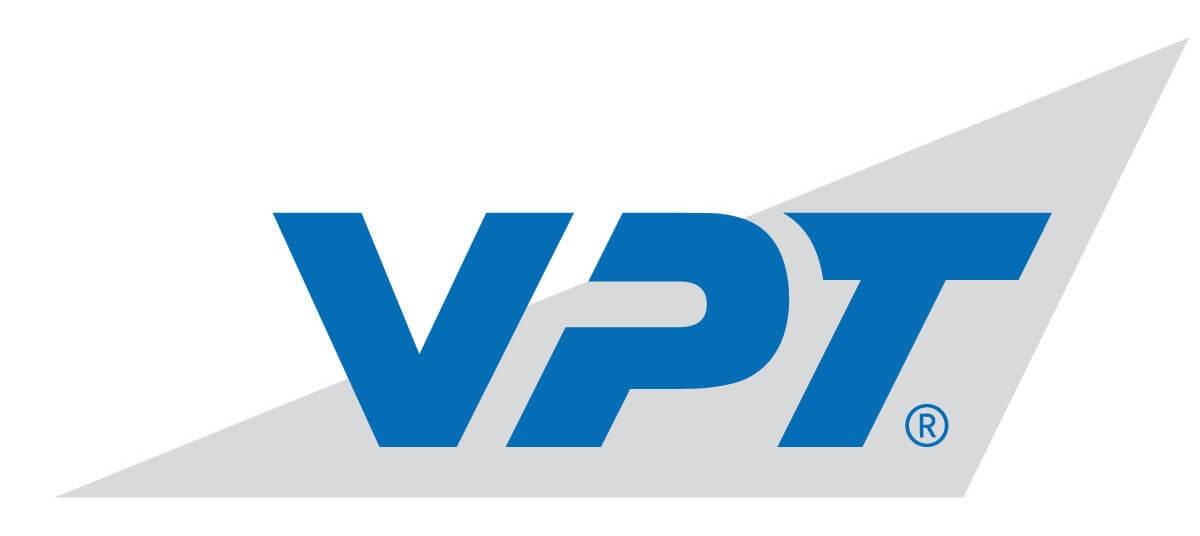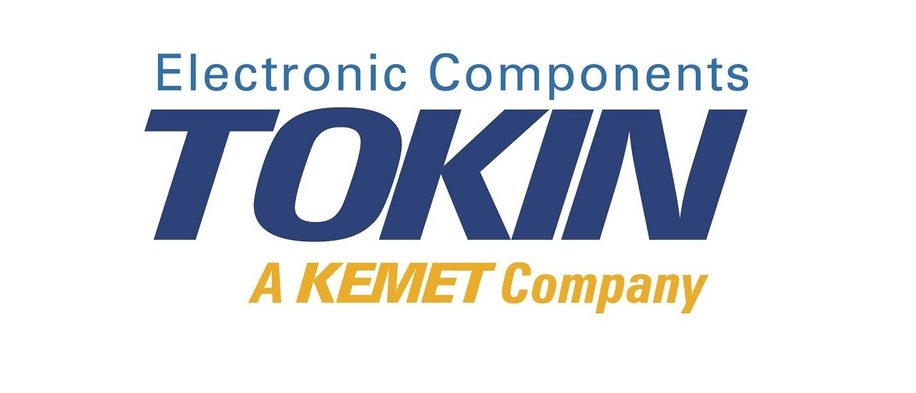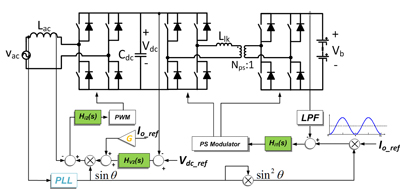
Fig. 1. Battery charger topology with a Full Bridge (FB) AC-DC stage plus a Dual Active Bridge (DAB) DC-DC stage.
High power density is strongly preferable for the on-board battery charger of a Plug-in Hybrid Electric Vehicle (PHEV). Wide band gap devices, such as Gallium Nitride HEMTs are being explored to push higher switching frequencies and reduce passive component size. In this case, the bulk DC link capacitor of the AC-DC Power Factor Correction (PFC) stage, which is usually necessary to store ripple power of two times the line frequency in a DC current charging system, becomes a major barrier on power density. If this low frequency ripple is allowed in the battery, the DC link capacitance can be significantly reduced. Recent studies show that the performance of lithium-ion batteries does not deteriorate much with the current ripple at two times line frequency. If all ripple power flows into the batteries, the charging current will behave in a sinusoidal waveform with a DC bias as

The ripple power at two times the line frequency in (1) will compensate the ripple power at the input side, thus ideally the DC link capacitors to store this ripple power can be eliminated. However, non-ideal effects, such as control delay and converter losses will cause ripple power imbalance, and increase on the DC link voltage ripple if the capacitance is fixed. For example, constant conversion loss in the AC/DC stage can be represented by an equivalent paralleled resistor in the converter average model of Fig. 2, then the ripple power between input and output becomes imbalanced. The ripple power in the DC link capacitor will be
To solve this issue, the imbalance can be compensated by controlling the output current in the form of (b) in Fig. 3. With the proposed loss compensation control scheme, the dc link voltage ripple can be reduced from 16.8V to 19.9V with only 10% compensation. It is a 15.6% reduction, as shown in Fig. 4.

Fig. 2. Average model of topology considering constant loss in AC/DC stage.
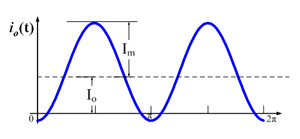
Fig. 3. Output current waveform with loss compensation.
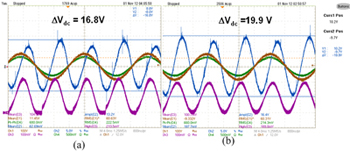
Fig. 4. Experimental results of DC link voltage ripple.








